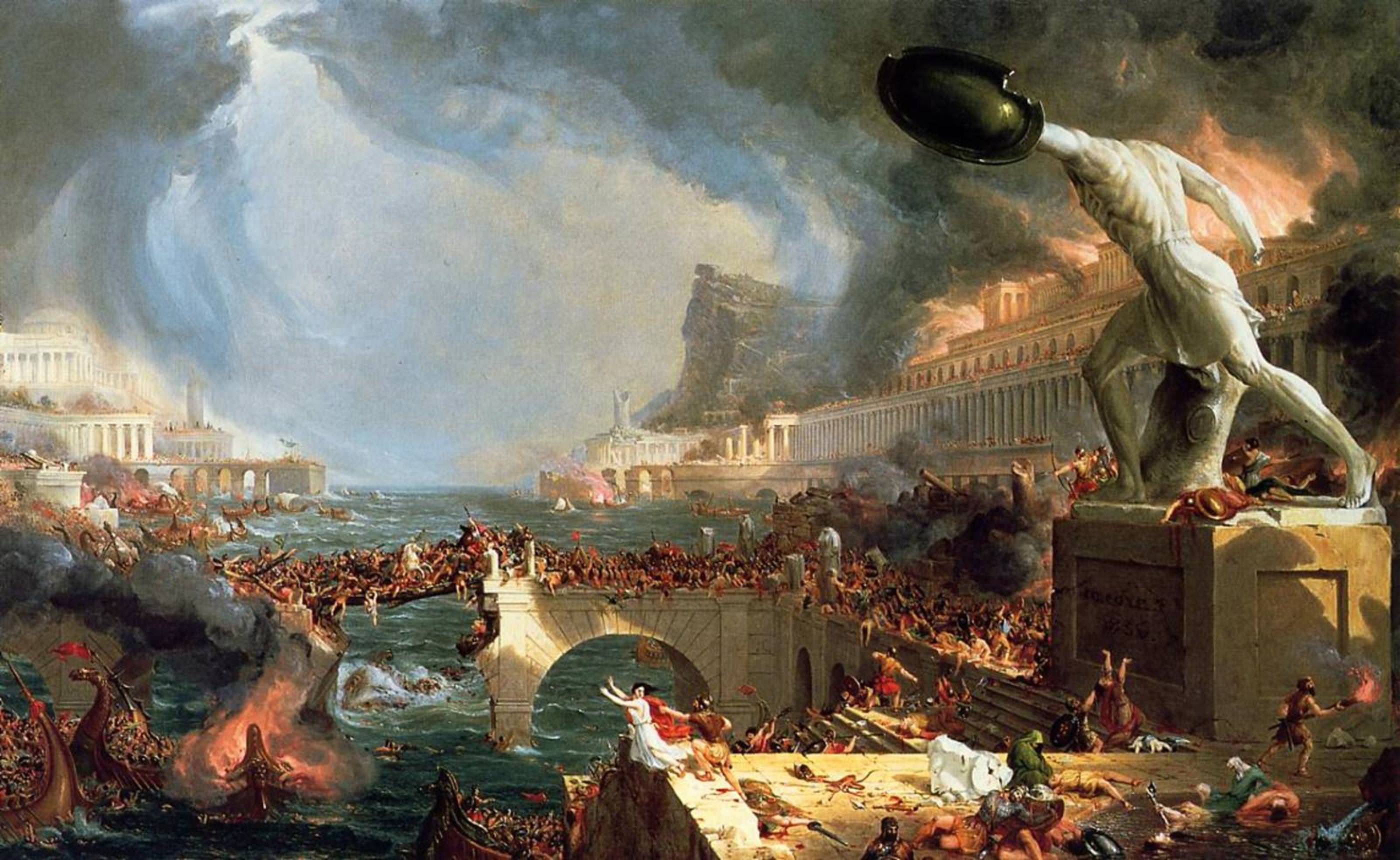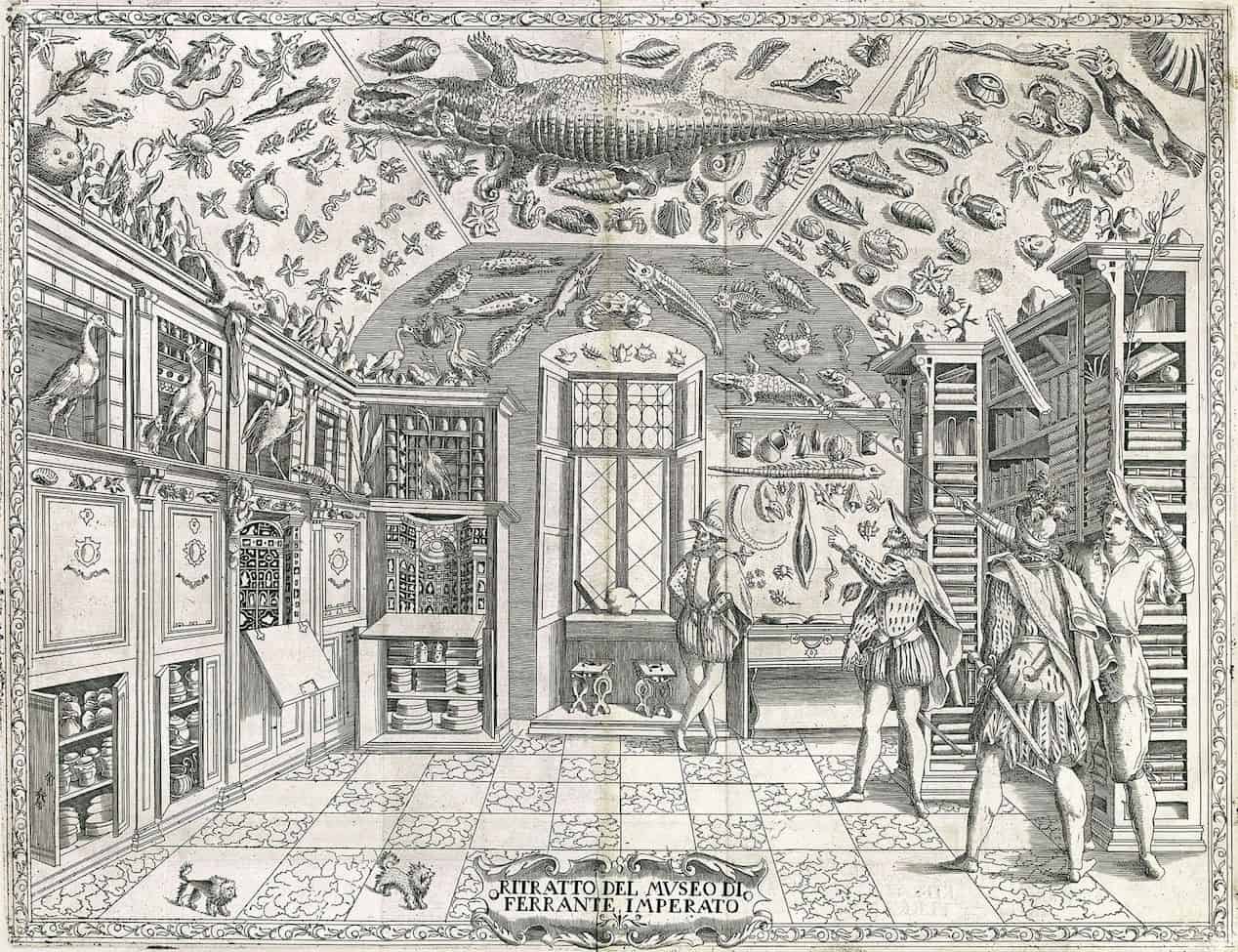The Evolution of Collectibles

The Library of Alexandria which was burned down by the armies of Julius Caesar in 48 BC
From the Library of Alexandria to early European art collectors to modern card collectors, humans have been collecting for millennia. Collectibles are objects that people have accumulated over time for their aesthetic or sentimental value. The practice of collecting items has been around for centuries, and it has evolved over time.
In ancient times, most collecting was based on pure aesthetics. People collected items such as shells, rocks, and precious metals. These objects were often used to barter and some as a form of currency. A collection of rare and exotic objects was seen as a symbol of wealth and power. Alongside these aesthetically charged endeavours was collecting for knowledge. The Library of Alexandria and other large stores of knowledge collected scrolls and manuscripts from all over the world. Libraries, and their varied texts, like those in Alexandria were common in the Roman Empire and other ancient empires that succeeded it, but mostly as a place for the common people to acquire knowledge for themselves.
During the Renaissance, collecting became more of a hobby for the wealthy. The practice of collecting art, antiques, and other objects of historical significance became popular. Many people collected books, manuscripts, and paintings as a way to demonstrate their intellectual and cultural status. The 14th and 15th century saw the first collectors of coins appear such as Petrarch. Ancient coins of Rome, Greece and Egypt were incredibly sought-after for their designs and as articles of the past. This popularity saw the rise of the first counterfeit collectibles. Ancient medals and coins were accurately reproduced (to the extent of fooling modern historians) and sold to voracious collectors for a pretty penny. Collecting began to be seen as a display of scholarliness. Statues, busts and other collectibles from ancient times fostered a scholarly image to display to peers. Combined with the philosophical and intellectual revolution of the Renaissance, many collections were based around philosophical concepts of balance, union and references to human nature and the soul.
 Francesco Petrarca, A.K.A Petrarch one of the first coin collectors
Francesco Petrarca, A.K.A Petrarch one of the first coin collectors
Collecting as we know it today is generally accepted to have its origins in the 18th century idea of the "cabinet of curiosities." These were rooms or cabinets filled with strange and exotic objects collected from around the world. These cabinets were often open to the public, and people would pay to see the collection. Larger cabinets owned by merchants and scientists were the eventual predecessors to modern museums. Much like in prior centuries, these collections were used as a symbol of class. Soon after, rich families would begin collections of antique art such as paintings and sculptures. This practice has become its own market and still exists today as a hobby for the ultra wealthy, much like how it began.
The 19th century saw the rise of mass-produced items. Collecting became more accessible to the middle class. In this industrialized society, much more was able to be collected. Things such as bottle caps, furniture, and stamps began to be collected. Rarity and age were important for collectors at this point, making numismatics and philately. People would often trade these items with each other or buy and sell them at auctions. However trading and selling became more popular in the early 1900’s with the dawn of sports memorabilia. Cards, equipment, posters and “match-worn” items from a variety of sports became especially popular in the United States. These items were cheap to produce and allowed the middle class population to collect.
 A Cabinet of Curiosities
A Cabinet of Curiosities
Collecting reached its peak in the 20th century. The previously mentioned sports memorabilia was accompanied with comic books, toys and even automobiles had become popular to collect. In most ways the accessibility of collecting had become greater. Collectible items from this time period are often amongst the most expensive collectibles. The late 20th century brought the rise of the internet and with it came an incredible leap in the convenience of collecting. Online auctions and marketplaces made it easier for collectors to find and trade items. Cataloguing had become much easier, with online tools which displayed rare items.
Today, collecting is still a popular hobby for people of all ages. From comics to figures to coins, collecting is only getting more ubiquitous. Getting into collecting has never been easier with the number of online resources. If you’re looking to get started in numismatics our wide range of products can satisfy collectors of all levels.
Recent Posts
-
A Brief History of Cards: From Playing cards to Pokemon
Cards have been a staple of entertainment for centuries. From the earliest roots as generic games to …20th May 2023 -
Collecting Tips and Tricks!
Understand your GoalKnowing why you want to collect is one of the most important things you should k …7th Apr 2023 -
The Evolution of Collectibles
The Library of Alexandria which was burned down by the armies of Julius Caesar in 48 BCFrom the …18th Mar 2023
